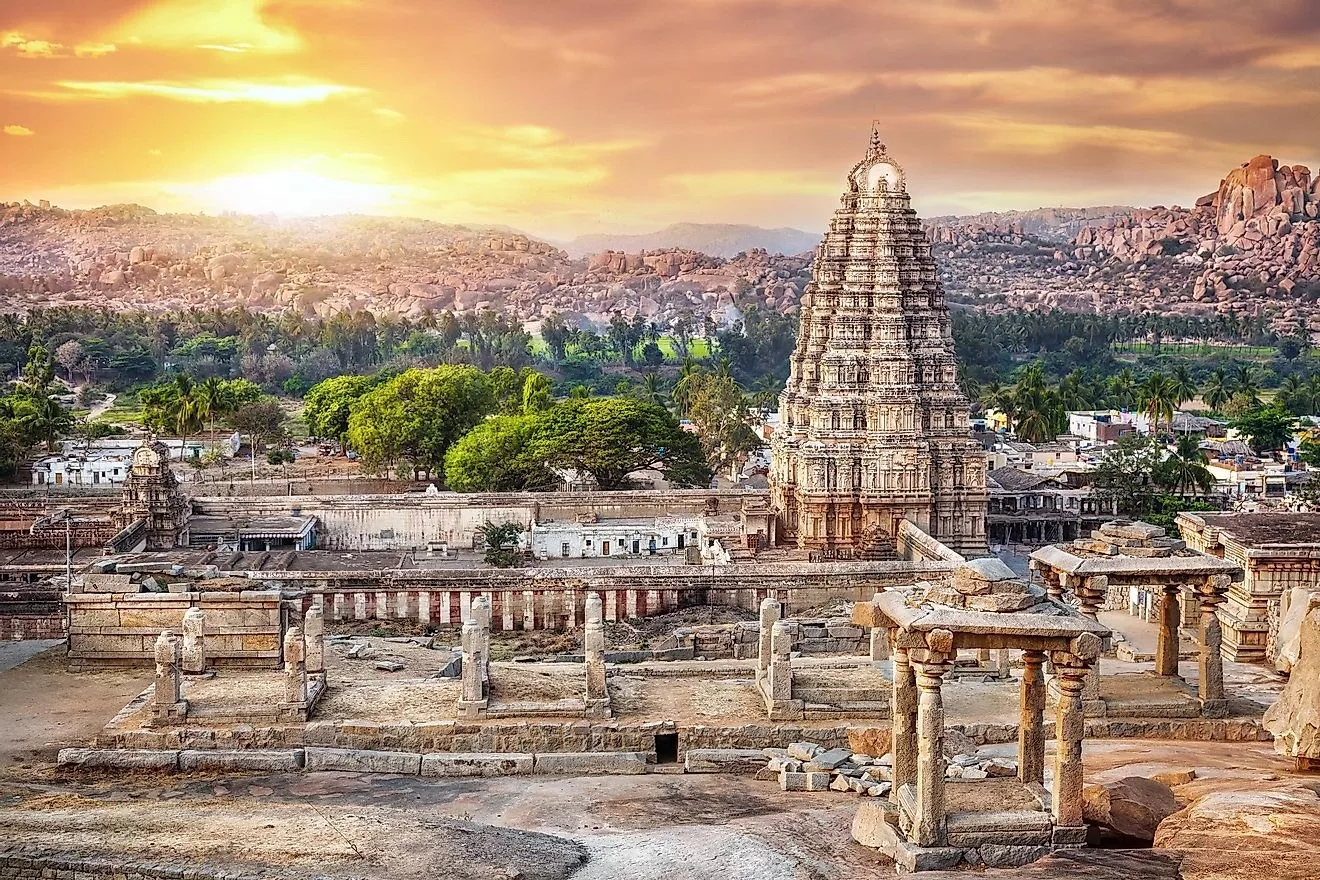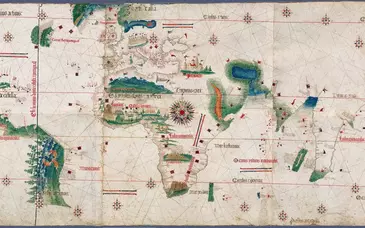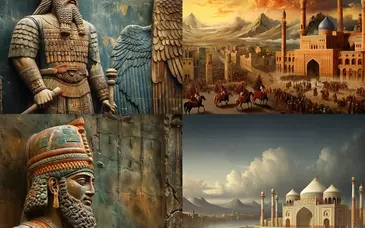Ancient India, encompassing the vast Indian subcontinent, boasts a rich and vibrant history spanning millennia. From the Indus Valley Civilization to the rise of mighty empires, the development of philosophical and religious traditions, and the flourishing of art and literature, India's past continues to captivate scholars and ignite the imagination.
Early Civilizations and the Indus Valley Legacy (3300 BCE – 1300 BCE)
One of the earliest chapters in India's story unfolds with the Indus Valley Civilization, flourishing around 3300 BCE in the northwestern regions. Major cities like Mohenjo-daro and Harappa showcased impressive urban planning, sophisticated drainage systems, and baked-brick houses. The civilization is known for its distinctive pottery, figurines, and a yet-undeciphered script, offering glimpses into their societal structure, beliefs, and artistic expressions. Though the reasons for their decline remain unclear, the Indus Valley Civilization laid the foundation for future developments in the region.

The Vedic Period and the Rise of Hinduism (1500 BCE – 500 BCE)
The Vedic Period, roughly between 1500 BCE and 500 BCE, witnessed the arrival of Indo-European speaking people who introduced the Vedas, a collection of hymns and scriptures forming the foundations of Hinduism. The caste system, a social hierarchy dividing society into classes, also emerged during this period. The concept of Dharma, righteous duty, and Karma, the law of cause and effect, became central tenets of Hinduism, shaping Indian philosophy and social structures for centuries to come.
The Mauryan Empire and Ashoka the Great (322 BCE – 185 BCE)
The Mauryan Empire, founded by Chandragupta Maurya in 322 BCE, marked a turning point in Indian history. The empire encompassed a vast territory, fostering trade, promoting centralized administration, and ushering in a golden age of art and architecture. Emperor Ashoka, who converted to Buddhism after witnessing the horrors of war, is particularly renowned for his adoption of non-violence (dharma) and his efforts to spread Buddhist teachings across his vast empire. His edicts, carved onto pillars throughout India, provide valuable insights into the social, political, and religious landscape of the Mauryan era.
The Golden Age of Gupta Empire (320 CE – 550 CE)
Following a period of political fragmentation, the Gupta Empire rose to prominence around 320 CE. This era is considered a golden age in Indian history, marked by significant advancements in mathematics, astronomy, literature, and art. The Gupta period saw the flourishing of Sanskrit literature, the development of the decimal system with the concept of zero, and the building of magnificent temples and universities. Science and technology thrived, with notable achievements in medicine and metallurgy.
Beyond Empires: Trade, Religion, and Cultural Exchange
Ancient India's story extends beyond the rise and fall of empires. The subcontinent served as a vital hub for trade routes, connecting East and West. Spices, textiles, and other goods flowed along these routes, fostering cultural exchange and influencing societies across Asia and beyond. Religions like Buddhism and Jainism emerged and spread beyond India's borders, leaving a lasting impact on Southeast Asia and beyond.
The Enduring Legacy of Ancient India
Ancient India's legacy continues to resonate in the modern world. Hinduism, Buddhism, and Jainism remain vibrant religions practiced by millions globally. Indian art, literature, and philosophy continue to inspire and influence. The concepts of Dharma and Karma are still relevant in discussions of ethics and morality. Understanding ancient India allows us to appreciate the richness and complexity of human history, the development of diverse cultures, and the enduring power of ideas that have transcended time and geography.
Further Exploration: Delving Deeper
This post offers a glimpse into the vast and fascinating world of ancient India. For those eager to delve deeper, consider exploring these avenues:
- Archaeological sites like Mohenjo-daro and Harappa
- The rich literary traditions of the Vedas, epics like Ramayana and Mahabharata, and Sanskrit texts
- The artistic masterpieces of Ajanta and Ellora caves and the temples of Khajuraho and Hampi
- The philosophical and religious traditions of Hinduism, Buddhism, and Jainism
- The enduring influence of ancient India on art, literature, and social structures across Asia and the world
By exploring the complexities and rich tapestry of ancient India, we gain a deeper appreciation for the foundations of modern South Asia and the enduring contributions of this civilization to the world's cultural and intellectual heritage.












